Macau captivates with its contrasts. In a single day, you can go from a Portuguese quarter with cobblestone streets to a hidden temple behind a staircase, and then to a futuristic hotel lit up like a film set. The city combines baroque facades, grand casinos, and quiet gardens where a few tai chi practitioners are seen. Between Coloane and Cotai, each district offers a different vibe that attracts travelers looking for striking photos and unique urban scenes. This selection features the most photogenic sites in Macau, from colonial heritage to coastal views.
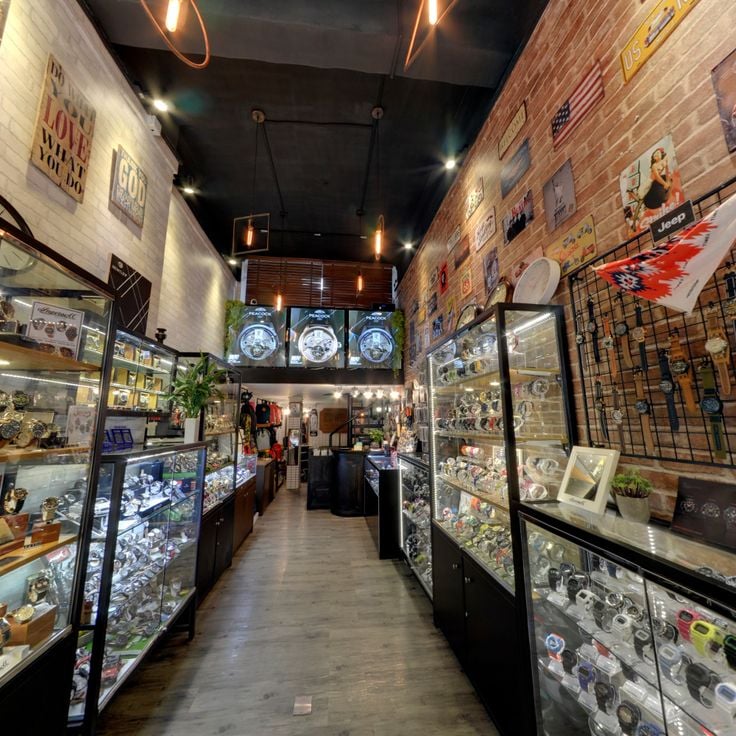
Macao, China
Remnant of a Jesuit church built in the early 17th century. The stone façade stands alone at the top of a monumental staircase with sculptures, low reliefs, and religious symbols. The site provides one of the most iconic viewpoints of Macau with changing light in the morning.

Macao, China
A 338-meter telecommunications tower with a glass observation deck, panoramic restaurant, and bungee jumping activities. The summit offers a view of the entire bay in a single photo, especially at sunset when the city lights up.
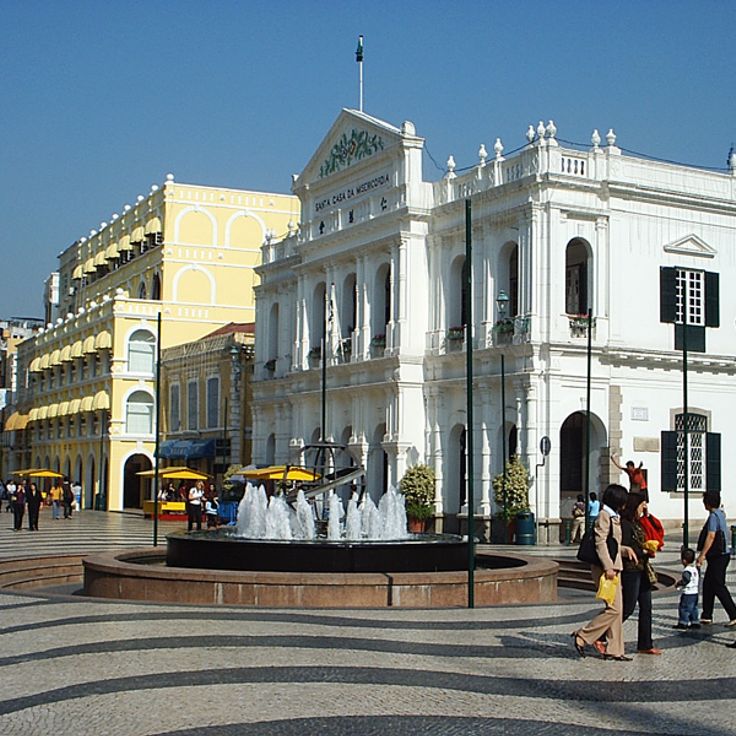
Macao, China
Historic center paved with undulating mosaics inspired by Portugal. The pastel facades, arcades, and administrative buildings create a harmonious setting often lively during the day. It is one of Macau's most recognizable spots.
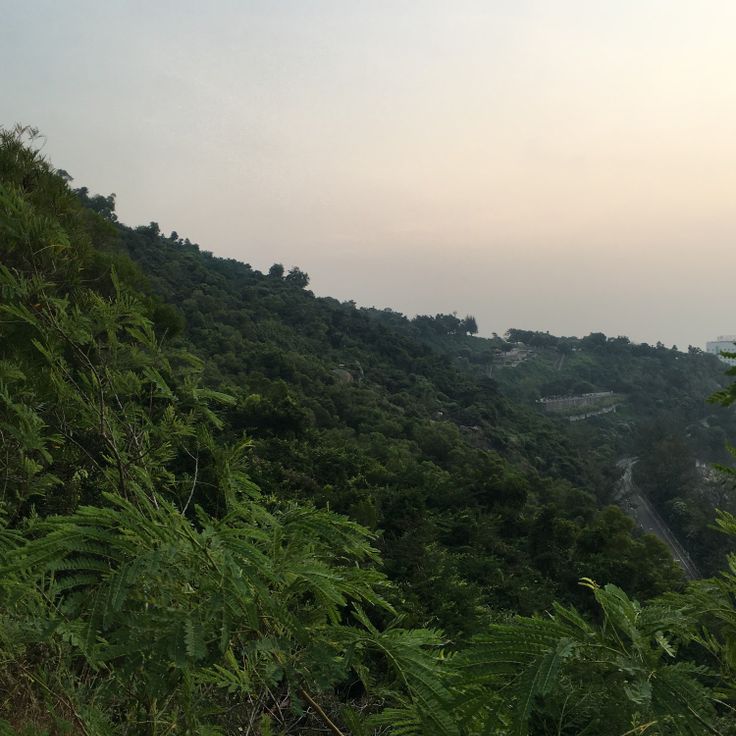
Macao, China
Old neighborhood with 19th-century houses, narrow alleys, and small restaurants housed in historic Portuguese buildings. The nearby temples and colorful facades add a subtle charm, ideal for photos in the late afternoon.

Cotai, Macao
Hotel complex featuring a 162-meter tall replica of the Eiffel Tower. The structure shines at dusk and overlooks the 3,000 rooms, galleries, and the open esplanade accessible to the public. A classic choice for night photography.
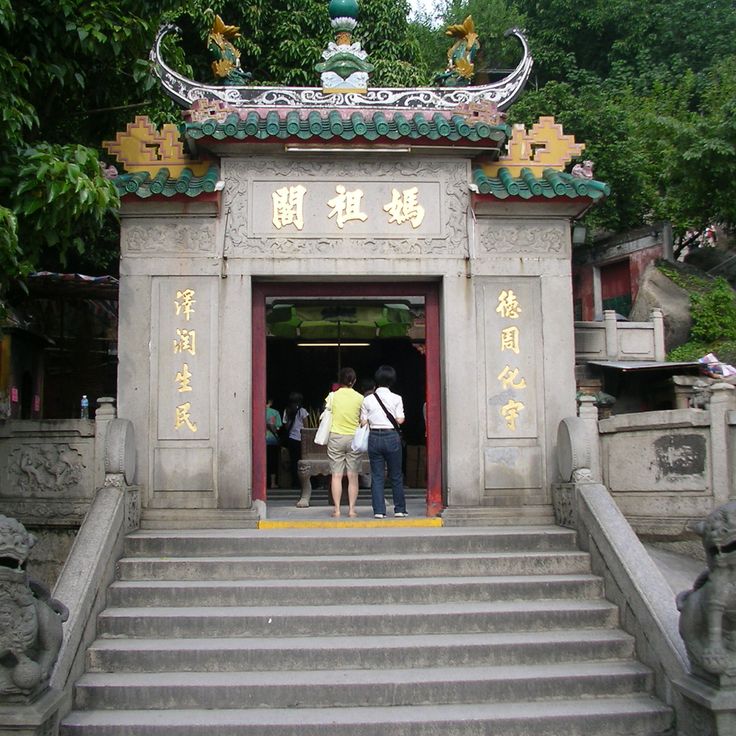
São Lourenço, Macao
Temple founded in 1488 dedicated to the goddess protecting sailors. The red sandstone pavilions, stairs, and incense burners create an environment filled with smoke and incense scents. A very lively spiritual site.
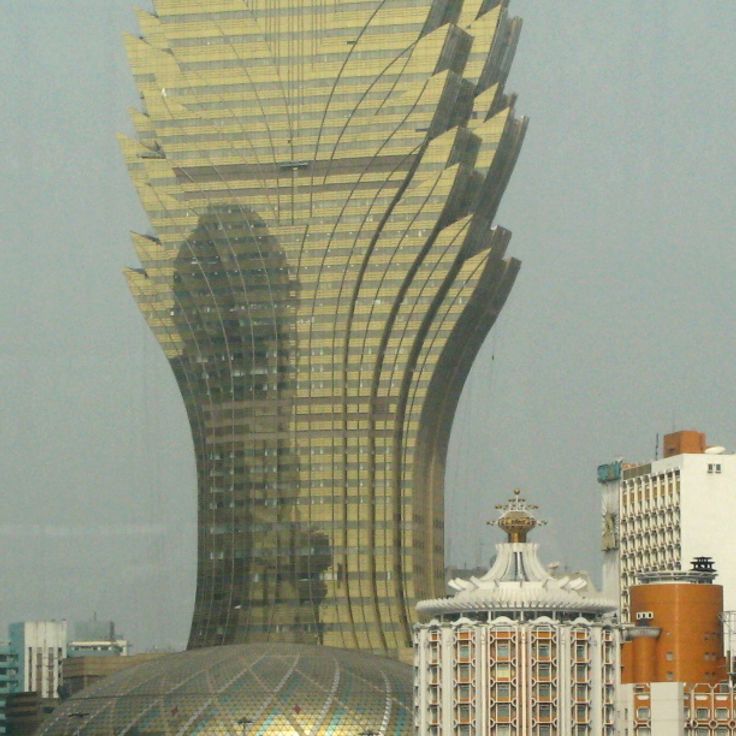
Sé, Macao
A 258-meter-high tower shaped like a giant flower. The glass and steel building reflects the city and shifts tone depending on the light. The interior, highly decorated, attracts many visitors.
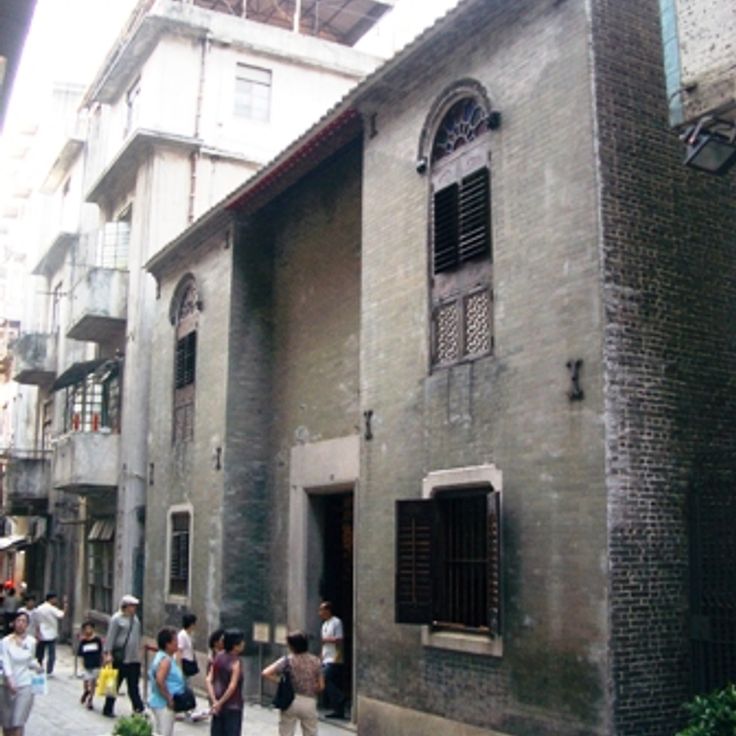
Sé, Macao
Residence built in 1889 belonging to a wealthy Chinese merchant. The courtyards, carved windows, and wooden partitions reflect the urban traditional architecture of the late 19th century.
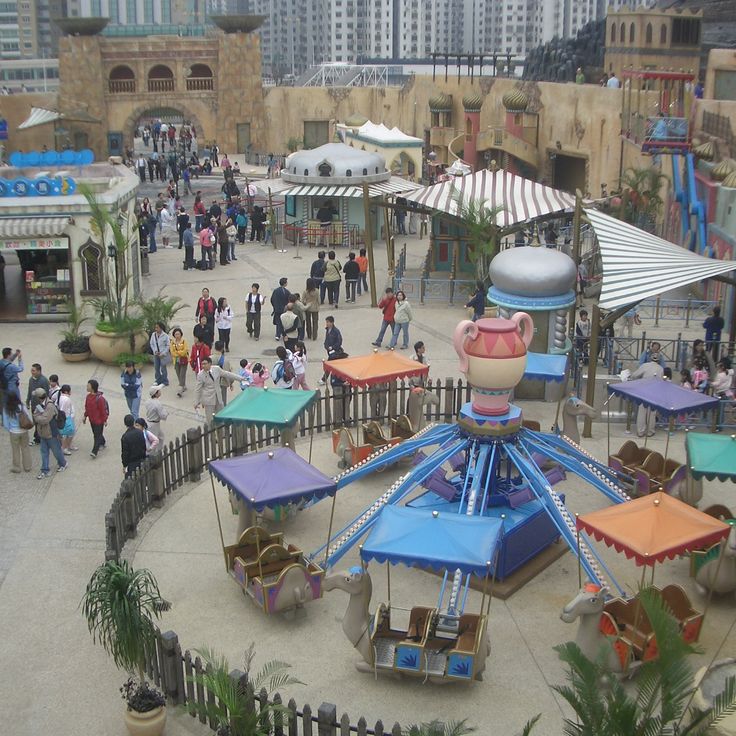
Macao
Commercial area inspired by European coastal towns with neoclassical facades, courtyards, and alleys. The promenade offers a surprising mix of Chinese and European influences.
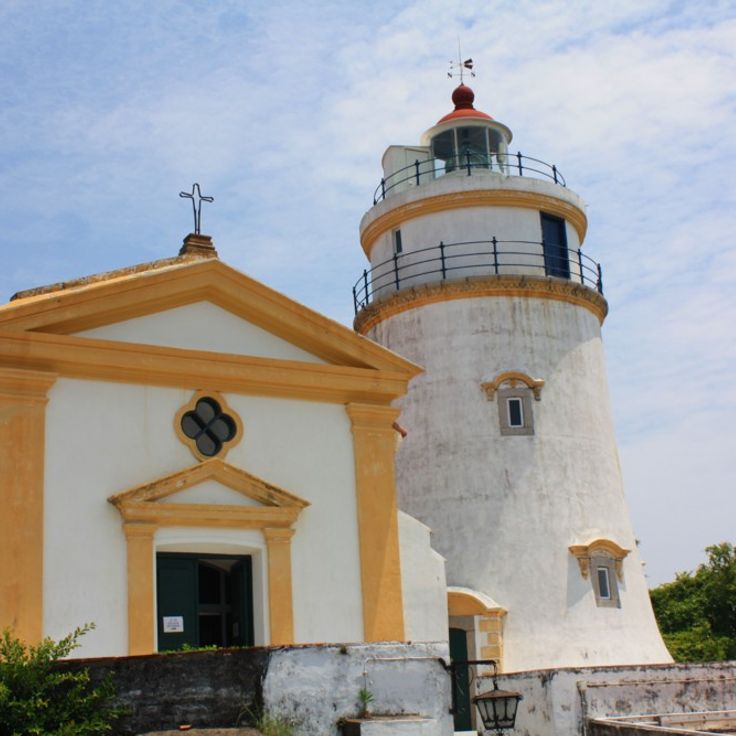
Macao
17th-century fortress located at the highest point of Macau. The lighthouse, chapel, and walls offer an unobstructed view of the city and the sea. An ideal spot for panoramic photography.
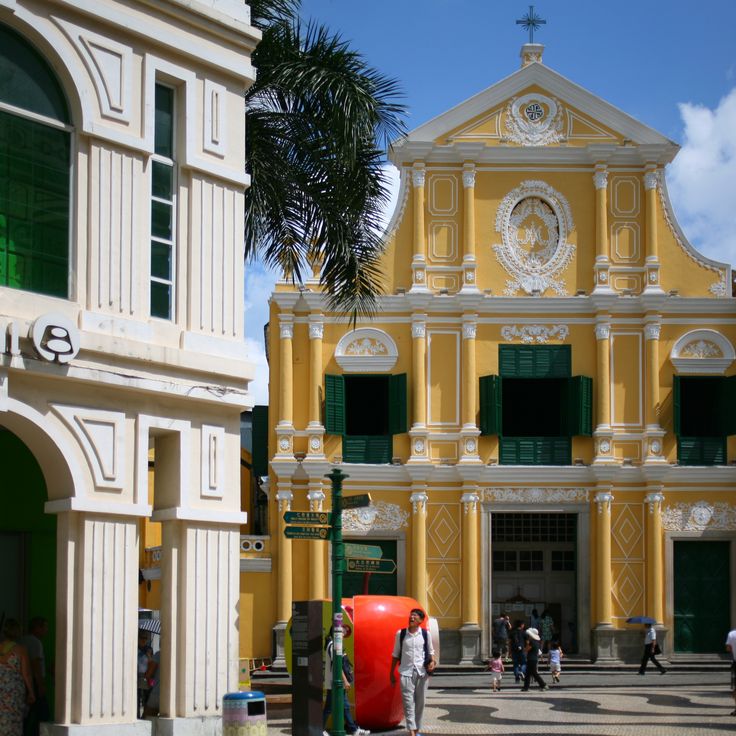
Macao
16th-century church with yellow and white walls. Inside, there is a museum of religious objects, and the architecture recalls Baroque structures from southern Europe.

Macao
Large hotel and commercial complex reproducing Venice with canals, gondolas, and painted ceilings. The lighting contrasts inside offer many photographic opportunities.
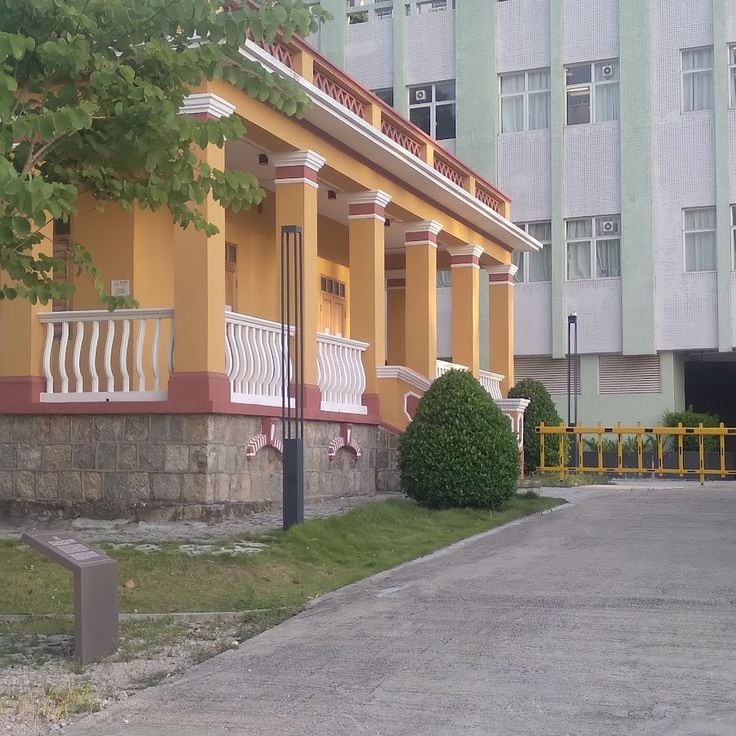
Macao
Old fishing village with painted facades, low houses and a quiet atmosphere. The alleys and small squares exude a genuine charm away from the hustle of the casinos.
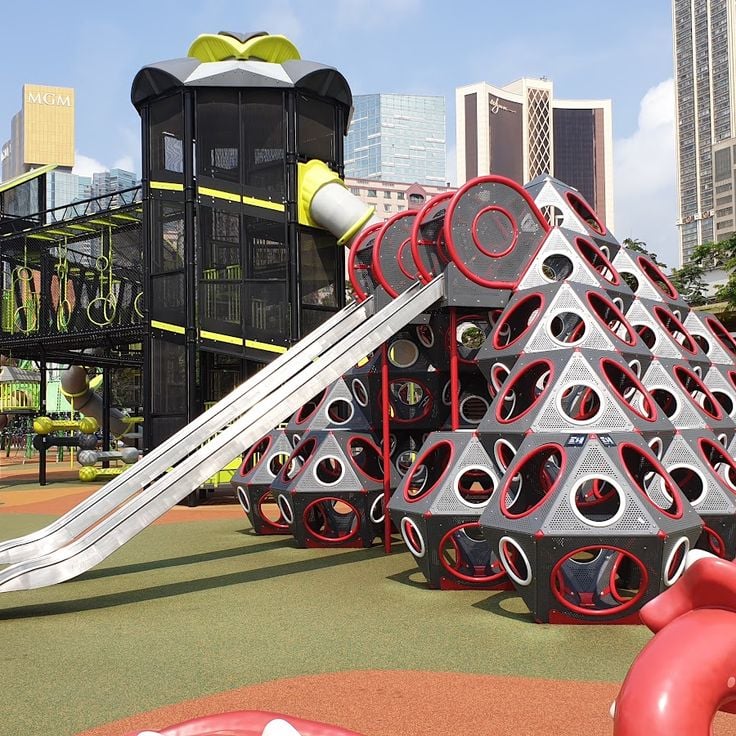
Macao
A 20-meter bronze sculpture dedicated to the goddess of compassion. Installed on a circular water-surrounded pedestal, it creates a striking visual from the promenade.

Macao
Large square surrounded by 19th-century red buildings. The black and white cobblestones, fountains, and geometric facades create a highly aesthetic setting.
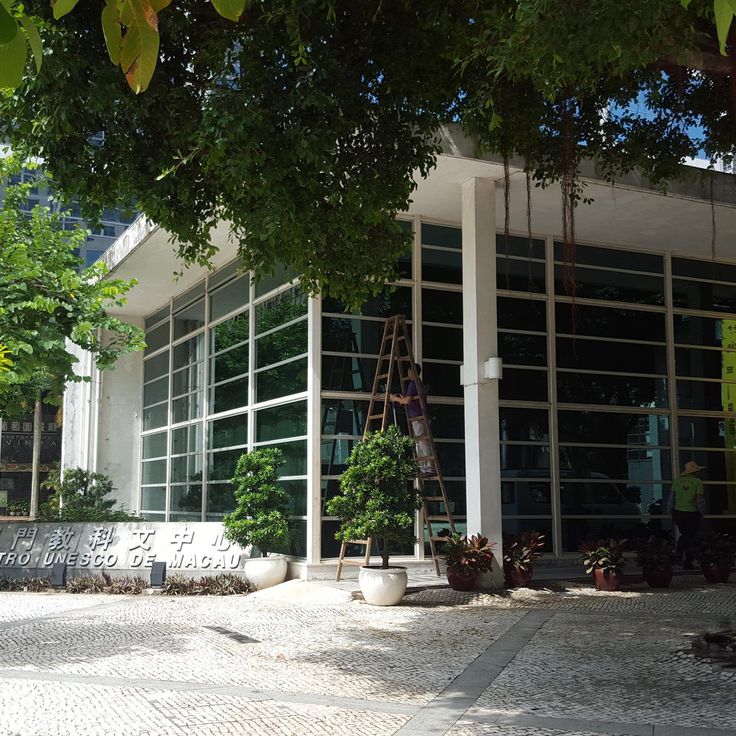
Macao
Futuristic building in the shape of a silver cone. The exhibition halls and planetarium attract visitors, while the exterior features architecture that is frequently photographed by design enthusiasts.
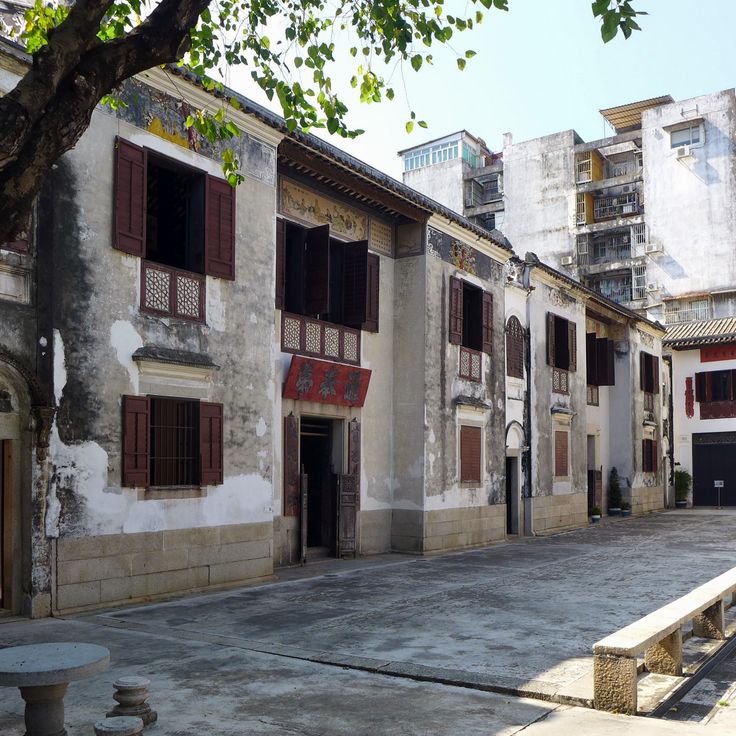
Macao
Large historic residence blending Chinese architecture with Portuguese influences. The courtyards, galleries, and carved doors depict the life of the elites at the end of the 19th century.
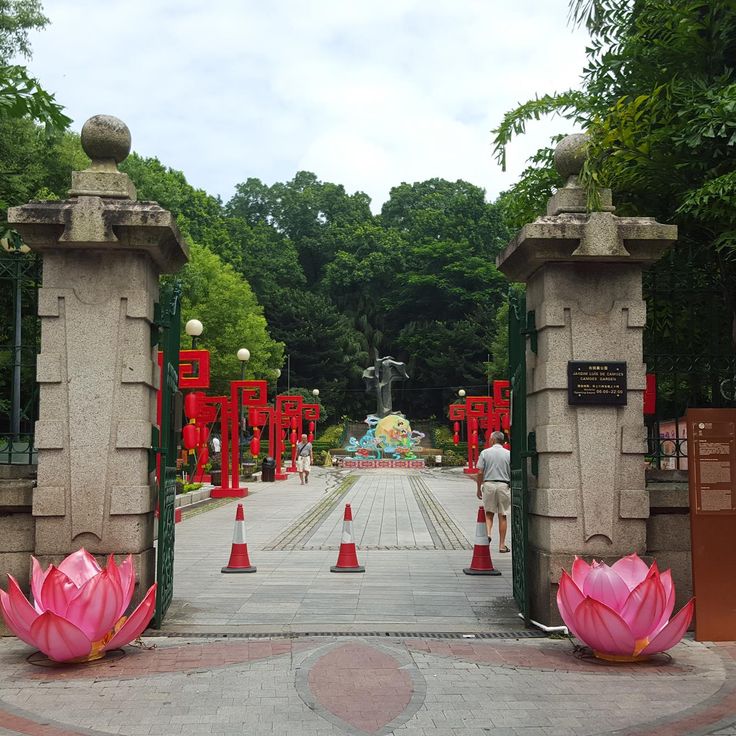
Macao
Old park with shaded pathways, large rocks, and the statue of the Portuguese poet. A peaceful spot in the city center, appreciated for portraits and lush scenes.
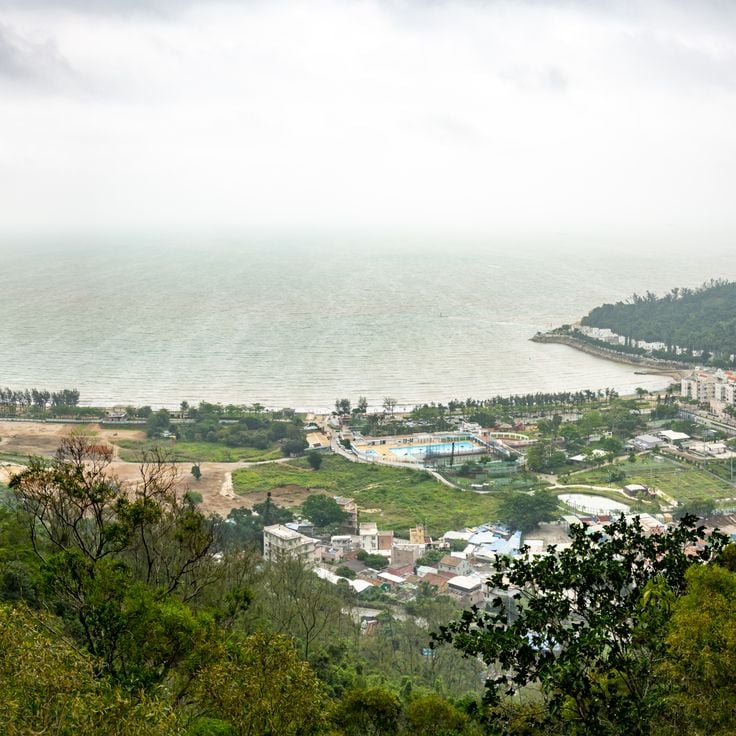
Macao
Dark sandy beach extending for nearly three kilometers. The contrast between the color of the sand and the sea attracts photographers, especially in cloudy weather.
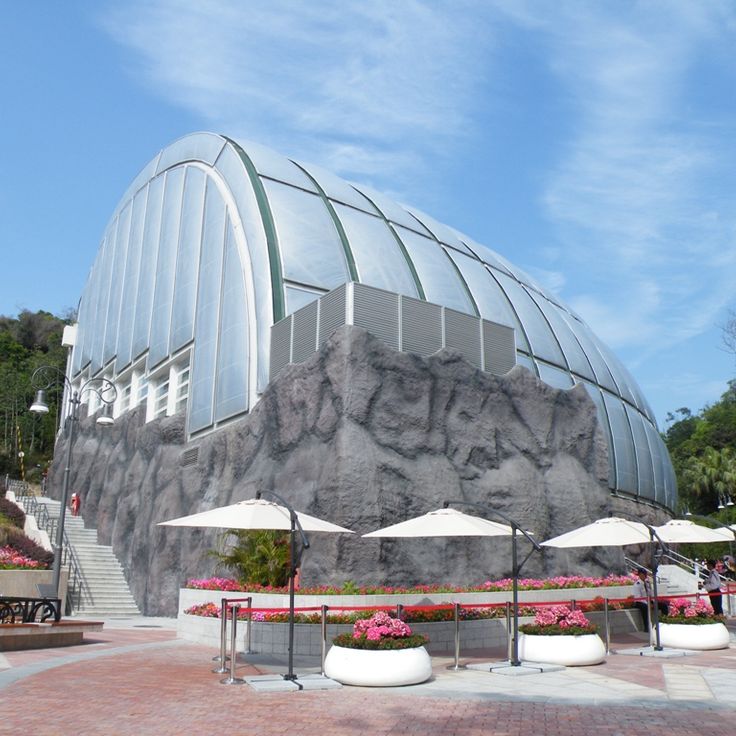
Macao
Animal enclosure designed for viewing pandas in air-conditioned indoor areas and wooded outdoor zones. The site appeals to families and wildlife photographers.
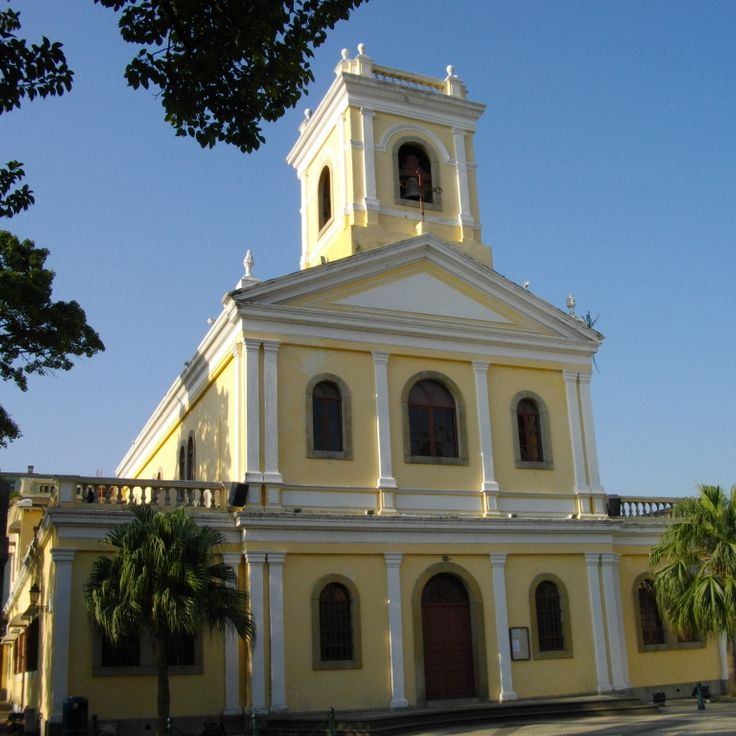
Taipa, Macao
Catholic church built in 1885 on a small hill in Taipa. The white façade and the stairs leading up to it offer nice views.

Taipa, Macao
Five colonial villas painted in pastel green aligned facing the seafront. They tell the story of the Portuguese communities settled in Macau.
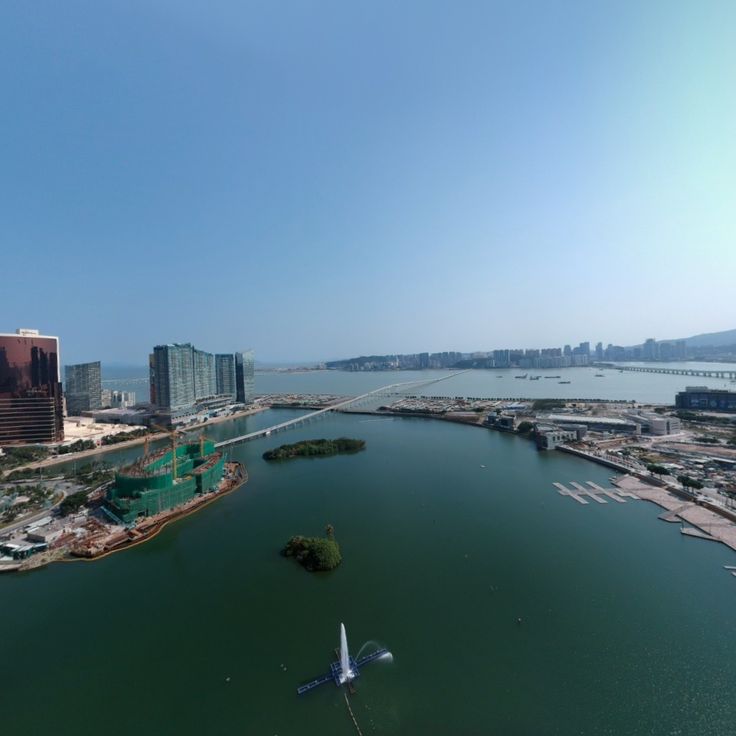
Macao
Spectacular fountain with jets reaching up to 80 meters. The water shows synchronized with LED lights and music offer a highly popular nighttime display.
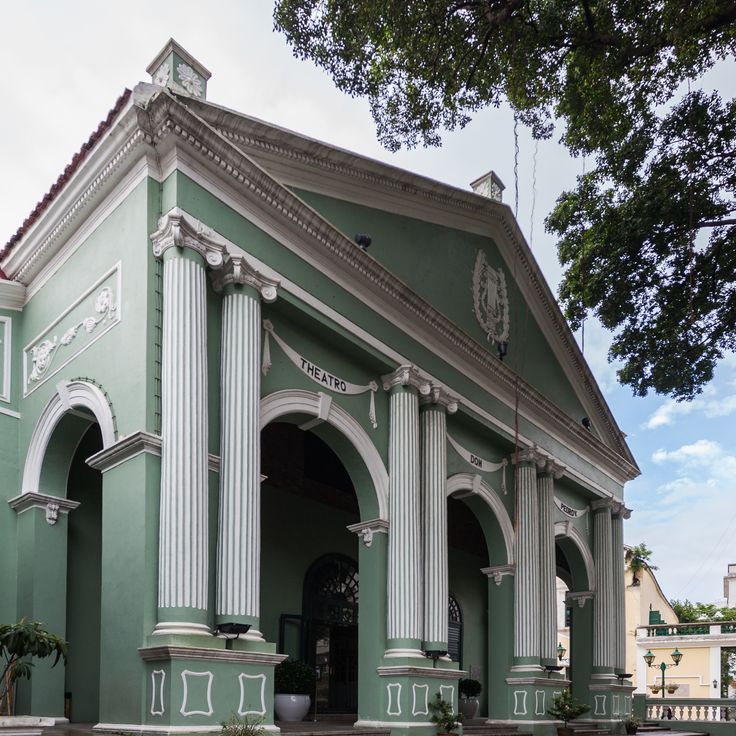
Macao
The first European theater built in China in 1860. Its neoclassical façade and 300-seat hall provide an elegant and historic setting.
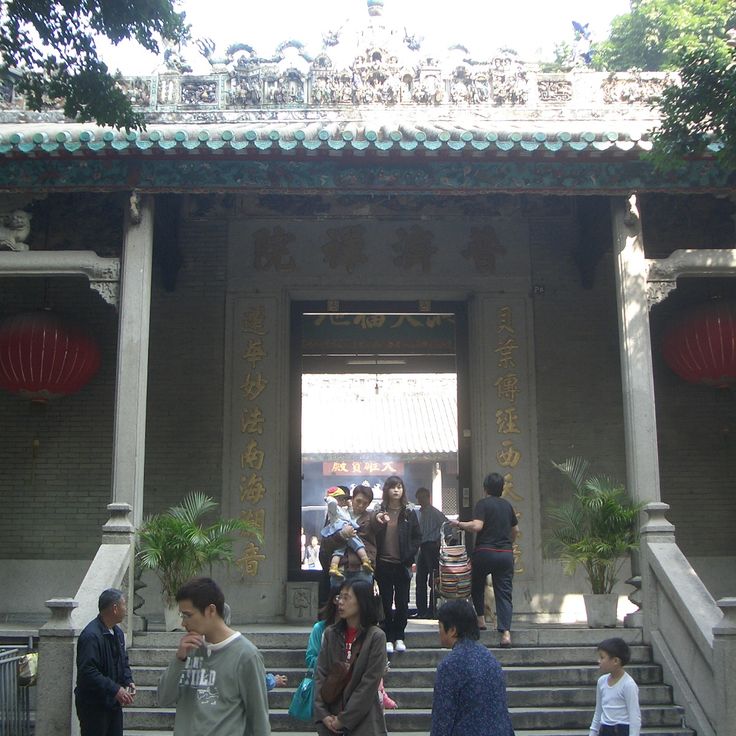
Macao
Large 13th-century Buddhist temple with gardens, pavilions, and sculptures. Very popular, it is among the most significant sites of local religious activity.
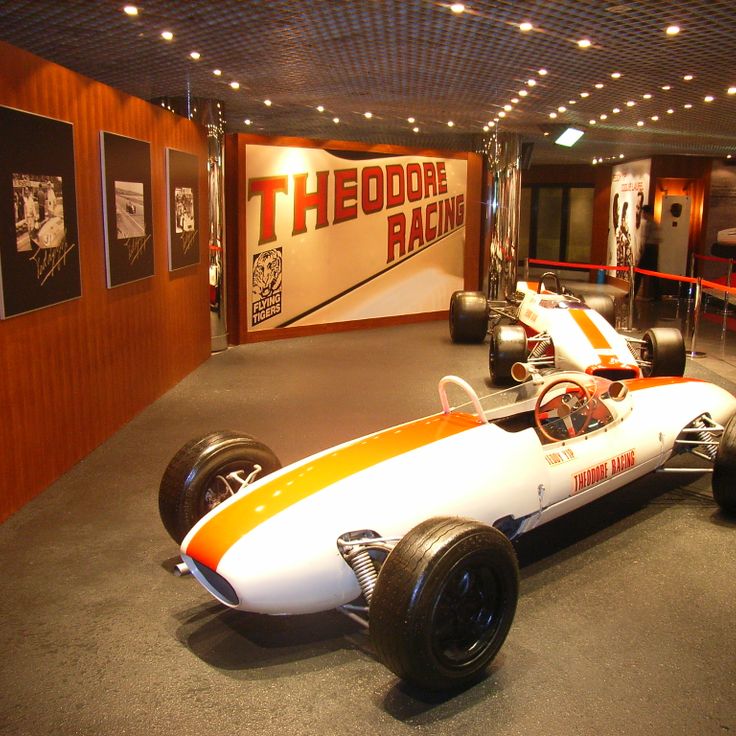
Macao
Interactive museum detailing Macau's automobile races. The displayed cars and simulators appeal to motorsport enthusiasts.

Macao
Contemporary hotel with 213 rooms, spa, and restaurants. The views of the bay are sought after for cityscape photos at different times of the day.
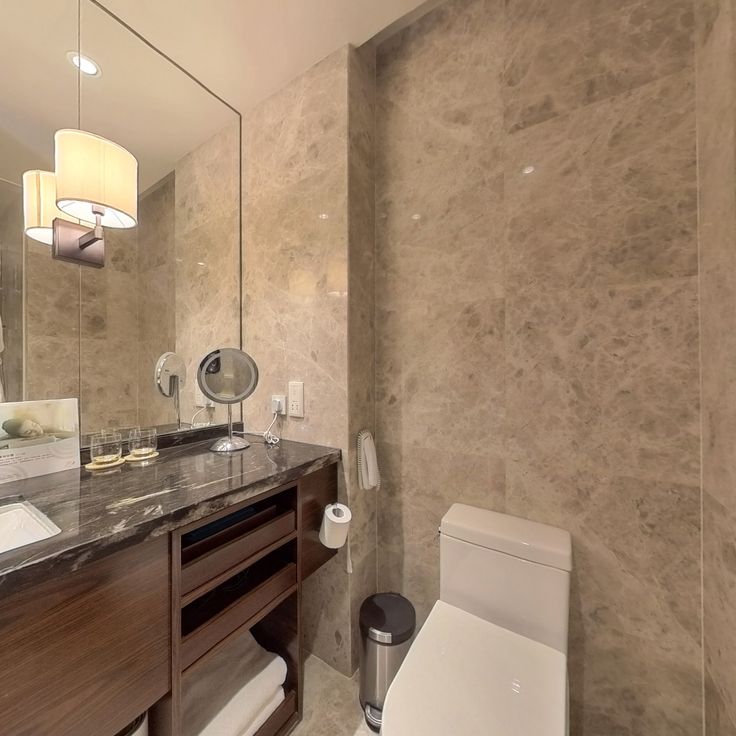
Macao
Hotel complex with a giant wheel integrated between two towers. The striking design recalls cinematic scenes and attracts visitors from Cotai.
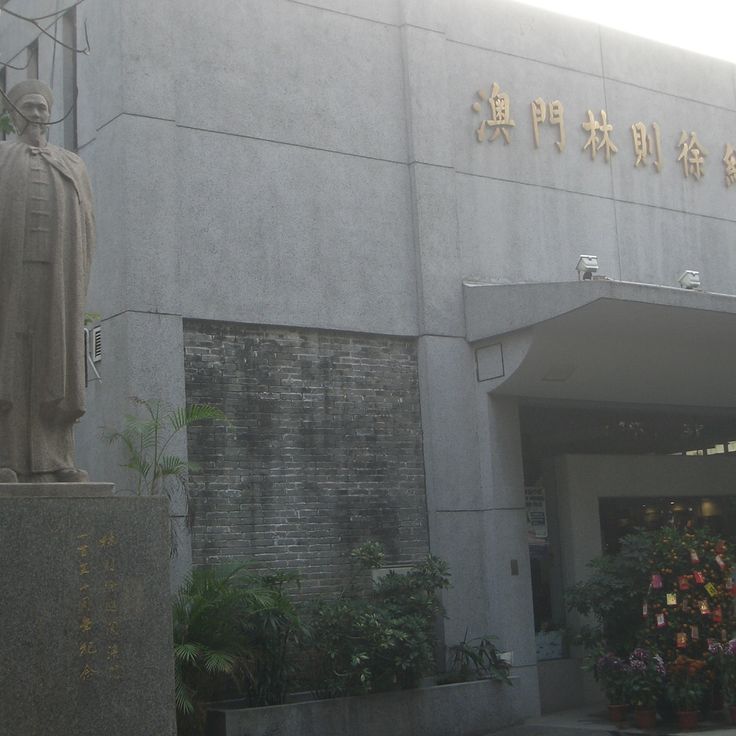
Macao
Museum dedicated to a 19th-century official. Manuscripts, personal items, and archives tell about his role in Chinese history.

Macao
Natural viewpoint at 112 meters altitude. The summit offers a view of the city, the ports, and neighboring islands.
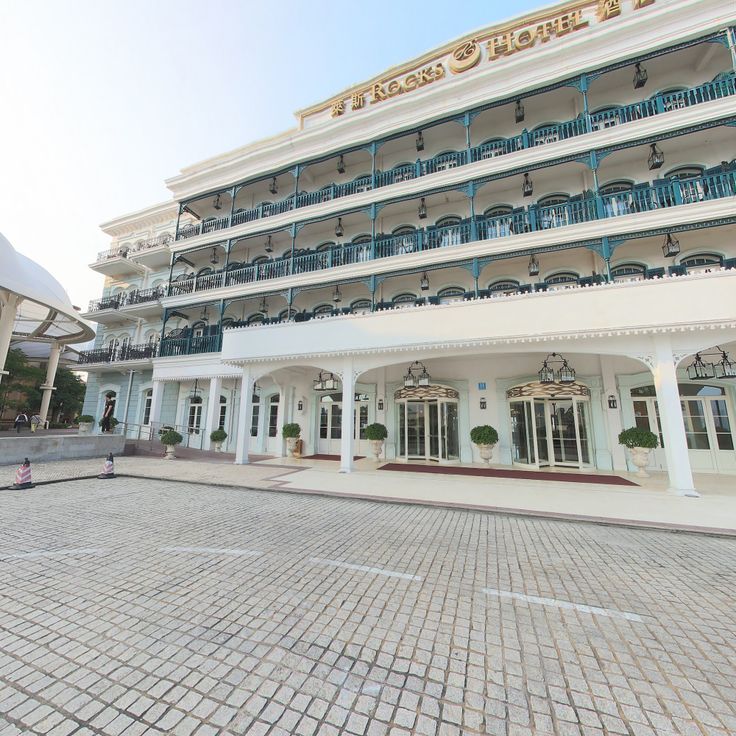
Macao
A granite block about twenty meters high overlooking the southern coast. The site attracts landscape photographers.






























